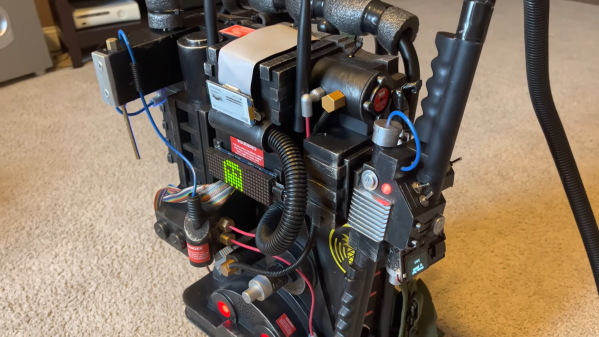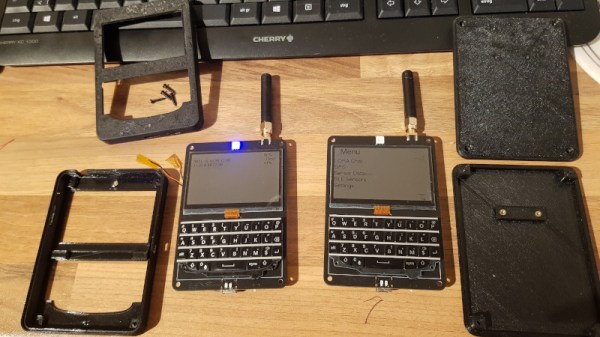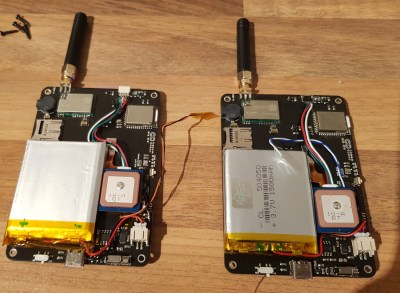[Renzo Mischianti]’s friend has to keep a water tank topped up. Problem is, the tank itself is 1.5 km away, so its water level isn’t typically known. There’s no electricity available there either — whichever monitoring solution is to be used, it has to be low-power and self-sufficient. To help with that, [Renzo] is working on a self-contained automation project, with a solar-powered sensor that communicates over LoRa, and a controller that receives the water level readings and powers the water pump when needed.
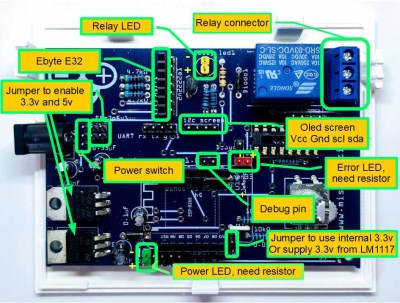 [Renzo] makes sure to prototype every part using shields and modules before committing to a design, and has already wrote and tested code for both the sensor and the controller, as well as created the PCBs. He’s also making sure to document everything as he goes – in fact, there’s whole seven blog posts on this project, covering the already completed software, PCB and 3D design stages of this project.
[Renzo] makes sure to prototype every part using shields and modules before committing to a design, and has already wrote and tested code for both the sensor and the controller, as well as created the PCBs. He’s also making sure to document everything as he goes – in fact, there’s whole seven blog posts on this project, covering the already completed software, PCB and 3D design stages of this project.
These worklogs have plenty of explanations and pictures, and [Renzo] shows a variety of different manufacturing techniques and tricks for beginners along the way. The last blog post on 3D designing and printing the sensor enclosure was recently released, and that likely means we’ll soon see a post about this system being installed and tested!
[Renzo] has been in the “intricately documented worklogs” business for a while. We’ve covered his 3D printed PCB mill and DIY soldermask process before, and recently he was seen adding a web interface to a 3D printer missing one. As for LoRa, there’s plenty of sensors you can build – be it mailbox sensors, burglar alarms, or handheld messengers; and now you have one more project to draw inspiration and knowledge from. [Renzo] has previously done a LoRa tutorial to get you started, and we’ve made one about LoRaWAN!
Continue reading “LoRa Helps With Remote Water Tank Level Sensing”

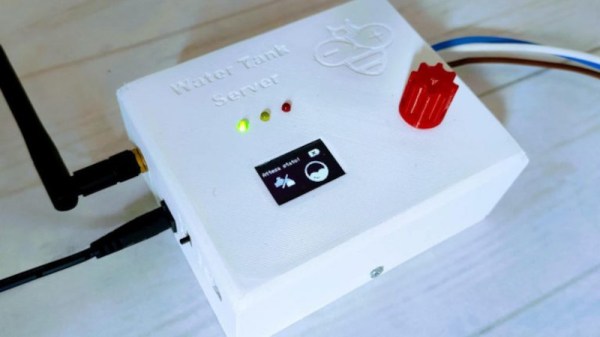



 After setting up some test locations and writing a few scripts for ease of testing, [Avian] recorded the experiment data. Having that data plotted, it would seem that, while presence of an under-antenna cutout helps, it doesn’t affect RSSI as much as the module placement does. Of course, there’s way more variables that could affect RSSI results for your own designs – thankfully, the scripts used for logging are available, so you can test your own setups if need be.
After setting up some test locations and writing a few scripts for ease of testing, [Avian] recorded the experiment data. Having that data plotted, it would seem that, while presence of an under-antenna cutout helps, it doesn’t affect RSSI as much as the module placement does. Of course, there’s way more variables that could affect RSSI results for your own designs – thankfully, the scripts used for logging are available, so you can test your own setups if need be.
